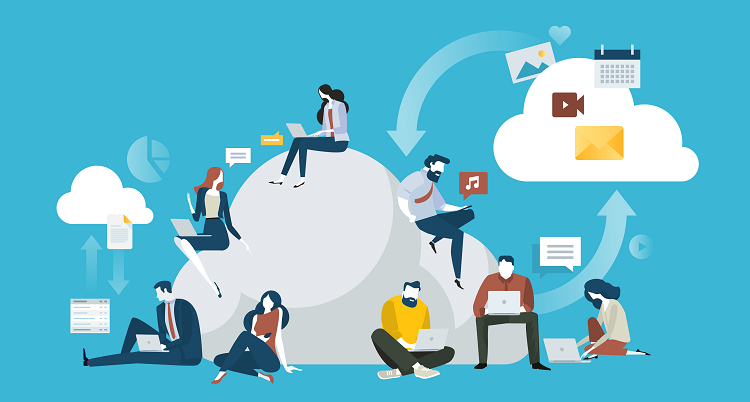20
Feb
Tool to make Custom Model in Alfresco
In one of the ECM
implementation - Alfresco
- we need to implement content
type and document metadata that have been designed
previously.
There are about 24 types of documents, and there are about 100 metadata that need to be built in Alfresco. Of the 100 about metadata, there are several properties that are shared properties. If calculated, each document type on average has 15 metadata.
If using conventional methods, we estimate it will take about 1 week to make it. Then we try to find a way or tool that can be used to shorten the construction time, and we found SIDE-Labs. Sidelabs is an IDE that can be used developers to design custom models, and even workflow in Alfresco. By using the SIDE-Labs, we will save much time on custom model development.
Finally it only take 1 day to make 24 content types and approximately 100 metadata. For comparison, a web-client-config-custom.xml have around 1700 lines of code, and customModel.xml has about 2300 codes. Imagine if developers have to do it conventionally.
So if you plan to do in-house development with Alfresco, and you have a lot of types of documents, we strongly recommend to use the SIDE-Labs as a tool.
There are about 24 types of documents, and there are about 100 metadata that need to be built in Alfresco. Of the 100 about metadata, there are several properties that are shared properties. If calculated, each document type on average has 15 metadata.
If using conventional methods, we estimate it will take about 1 week to make it. Then we try to find a way or tool that can be used to shorten the construction time, and we found SIDE-Labs. Sidelabs is an IDE that can be used developers to design custom models, and even workflow in Alfresco. By using the SIDE-Labs, we will save much time on custom model development.
Finally it only take 1 day to make 24 content types and approximately 100 metadata. For comparison, a web-client-config-custom.xml have around 1700 lines of code, and customModel.xml has about 2300 codes. Imagine if developers have to do it conventionally.
So if you plan to do in-house development with Alfresco, and you have a lot of types of documents, we strongly recommend to use the SIDE-Labs as a tool.
